- Culinary
- Craft
On December 30, 2024, the group standard titled "Quanzhou Cuisine: Yingdu Ma Ci from Nanan's Chenggong Family Banquet Culinary Skills" was officially released, to be implemented starting December 31, 2024. This marks a significant milestone for Nanan cuisine, as it is the first standard under Quanzhou's "One County, One Signature Dish" initiative, showcasing the region's unique culinary contributions.
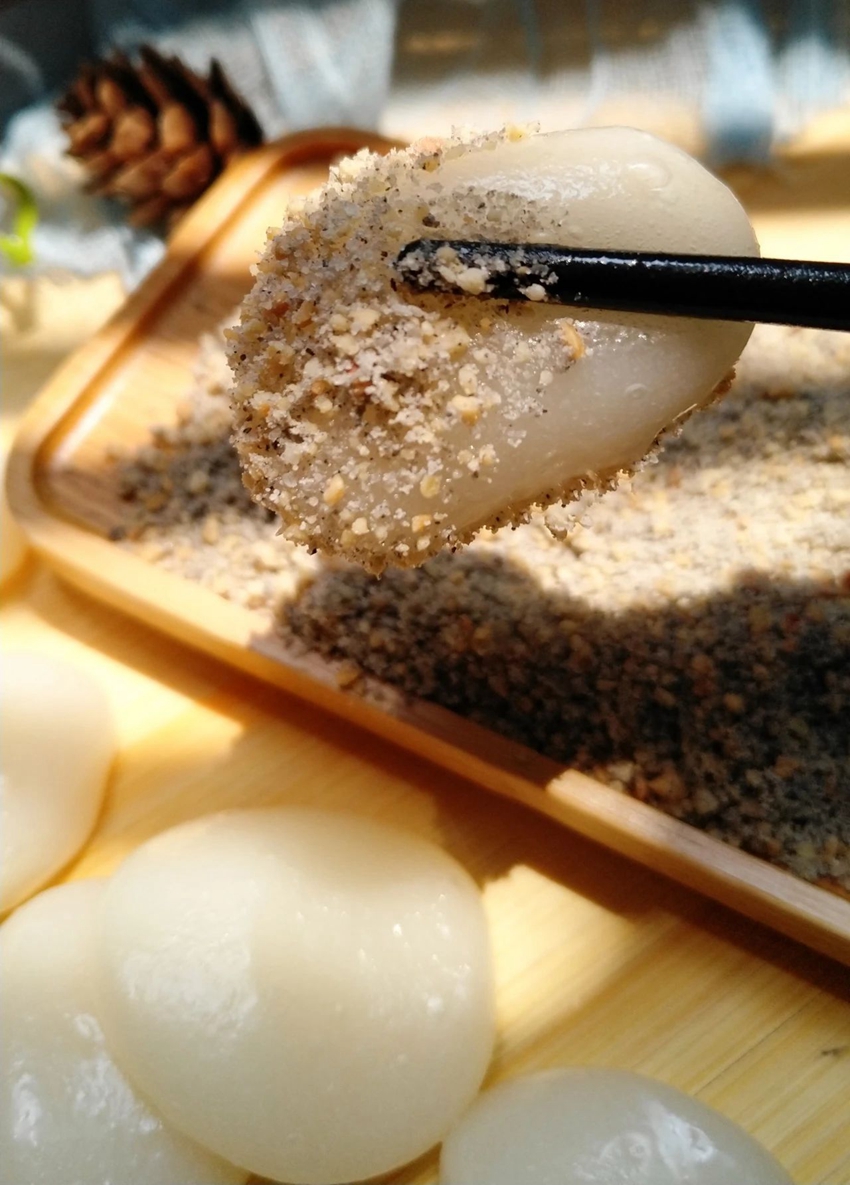
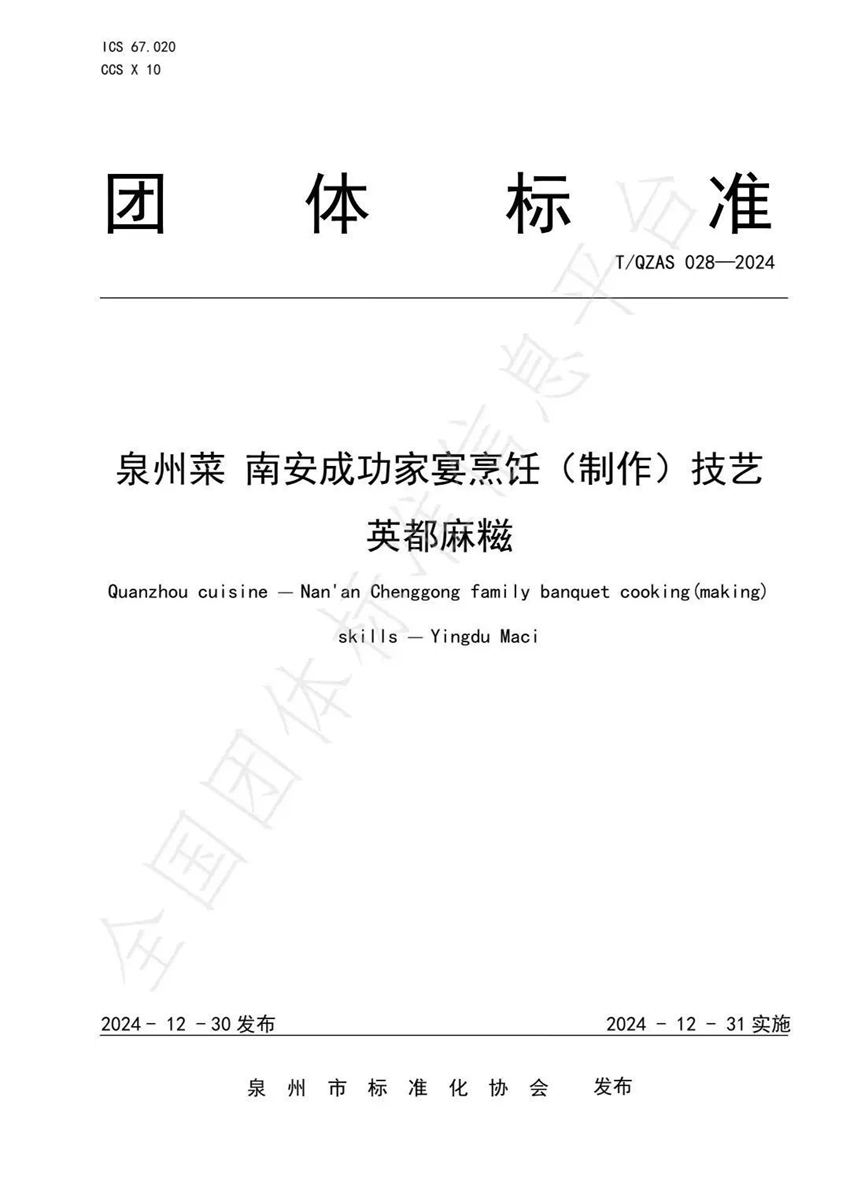
A Tradition Passed Down Through Centuries: Yingdu Ma Ci's Popularity
When discussing the distinctive flavors of Nanan, Yingdu Ma Ci holds a special place in the hearts of locals. This traditional delicacy from Yingdu is an essential part of the Chenggong Family Banquet, a celebrated event that showcases Nanan's rich culinary heritage. Yingdu Ma Ci has been recognized as an intangible cultural heritage of Quanzhou, symbolizing its deep cultural roots and unique production methods.
"Yingdu Ma Ci has a history spanning several centuries, dating back to the Qing Dynasty," said Hong Binghuan, president of the Nanan Traditional Yingdu Ma Ci Industry Association and the 10th-generation inheritor of the Ma Ci heritage.
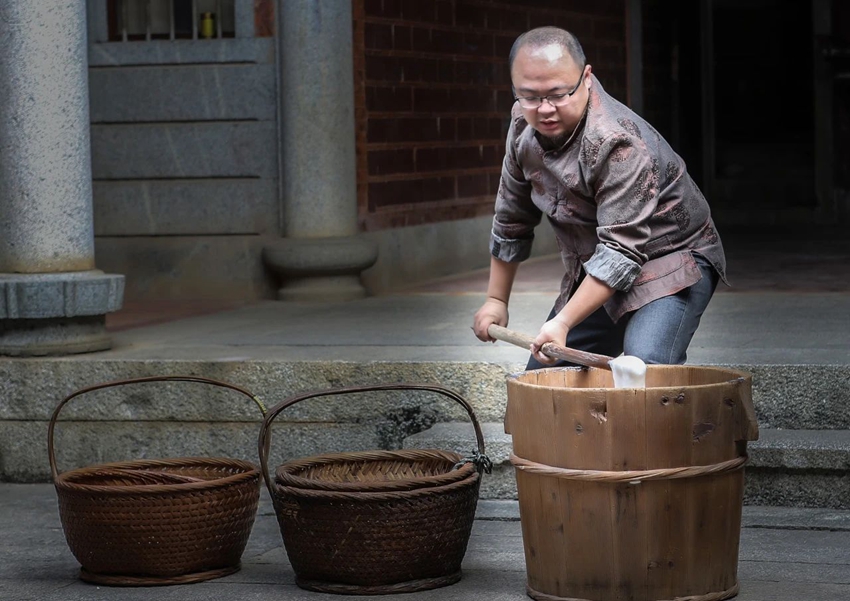
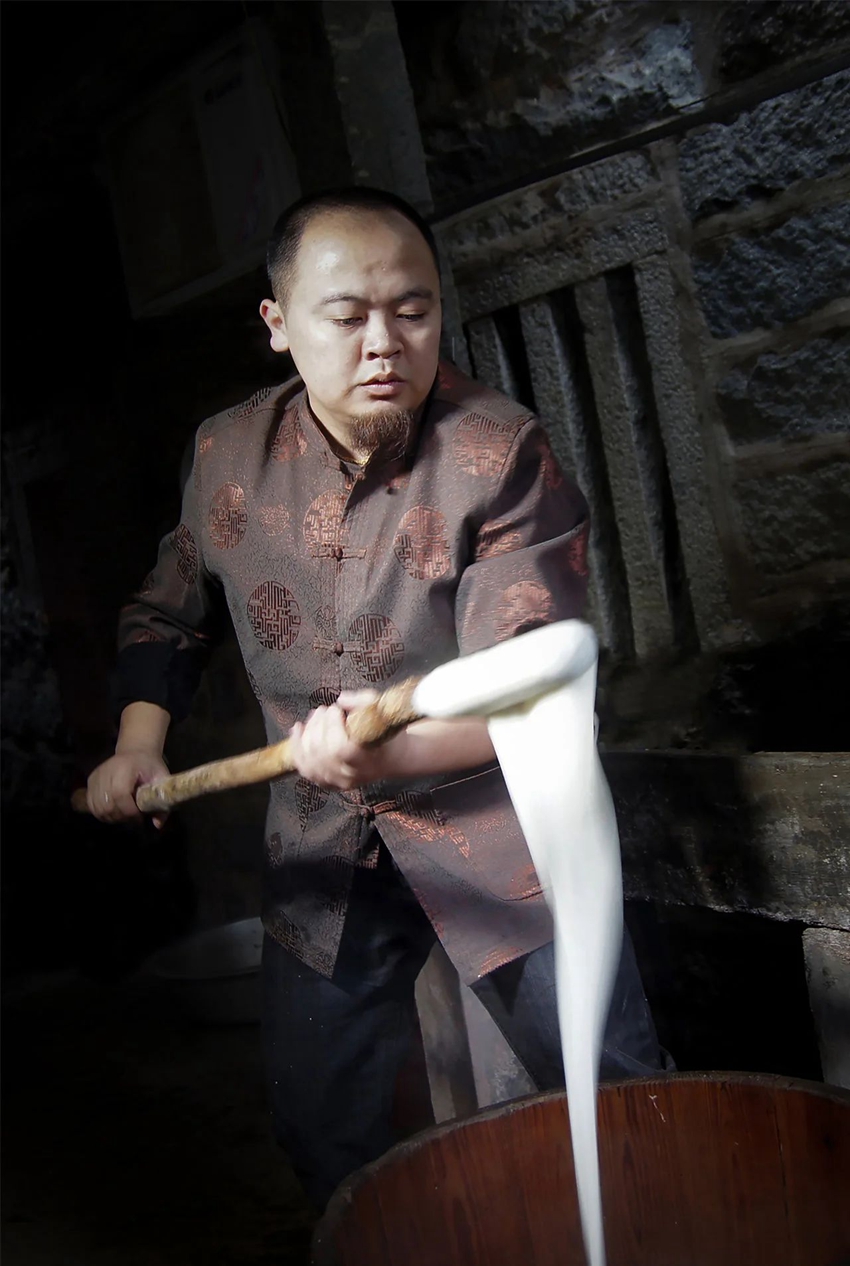
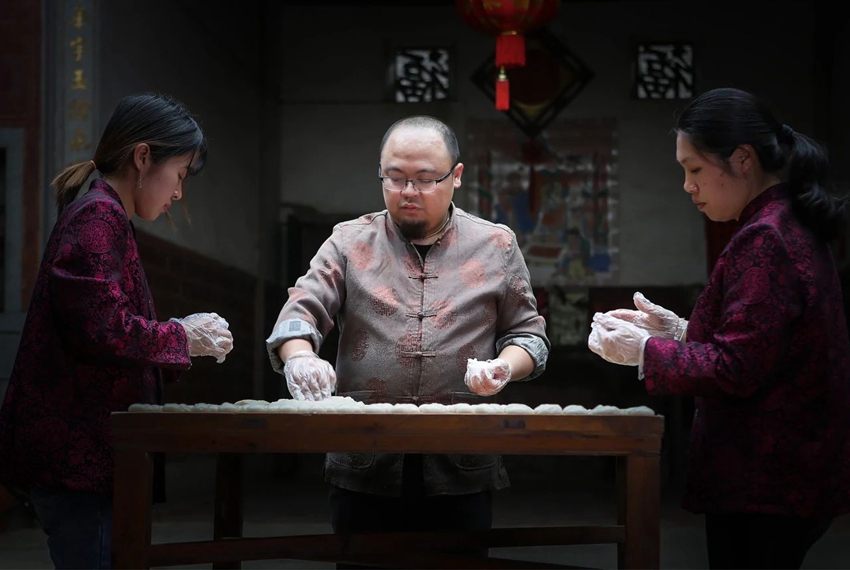
A Recipe Passed Through Generations
The origins of Yingdu Ma Ci trace back to 1737, during the reign of Emperor Qianlong. Hong Shize of Yingdu became a scholar in the Hanlin Academy, followed by his father Hong Kejie, who also passed the imperial examination in 1739. This father-son duo is famously known in Quanzhou history as the "Father and Son Scholars." While in Beijing, they discovered a rice-based sweet treat that inspired the creation of Yingdu Ma Ci. After much persuasion, the workshop owner lent the recipe to Hong Kejie, with the condition that it would remain confidential.
In 1740, Hong Kejie returned to Yingdu to care for his aging parents. Taking advantage of the local abundance of peanuts, he, along with his family's pastry shop, Tianyi Tang, created a unique variation of Ma Ci by adding peanuts and sesame to the original recipe. This version, known for its refined taste and smooth texture, became symbolic of "prosperity and good fortune" in local culture.
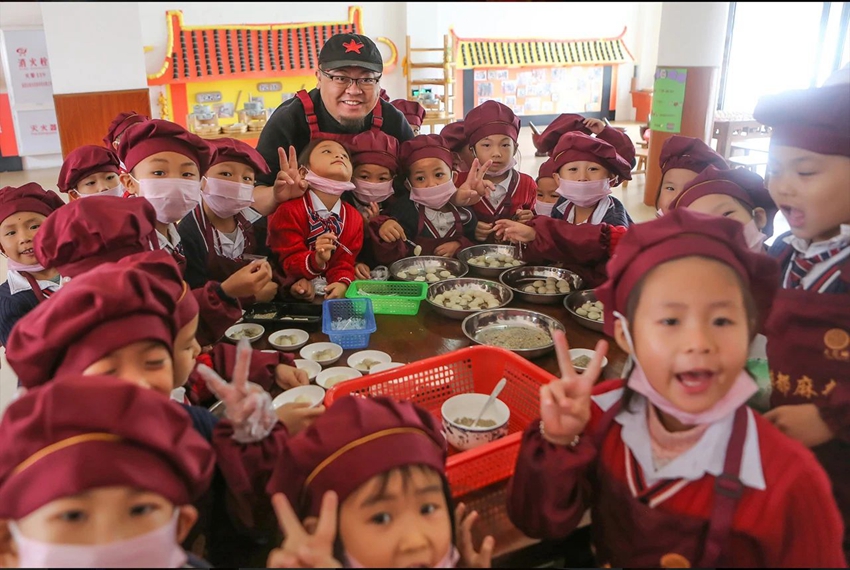
Establishing the Group Standard to Promote Development
Despite its long history, Yingdu Ma Ci lacked formal production standards, including national, industry, or local standards. In response to Quanzhou's ambition to be recognized as the "City of Gastronomy," Nanan took the lead in developing this group standard to preserve and regulate the production of the dish.
This standard was developed through a collaborative effort involving Nanan's Market Supervision Bureau, the Yingdu Town Government, the Quanzhou Standardization Association, the Nanan Traditional Yingdu Ma Ci Industry Association, and local producers and consumers. Following a comprehensive process of proposals, drafting, public consultation, and approval, the standard was officially published, setting the groundwork for future Quanzhou culinary standards.
This "group standard" is a voluntary framework created by an organization and adopted by other entities, including professional associations and chambers of commerce.
Future Development and Broader Impact
The new standard for Yingdu Ma Ci is the first to be established under the "One County, One Signature Dish" initiative for Quanzhou cuisine. Its purpose is to regulate ingredients, production processes, and quality control, fostering the growth and standardization of the local culinary industry. This initiative aims to elevate Nanan's culinary sector and promote the high-quality development of Quanzhou's food culture.
Looking to the future, Nanan plans to introduce over seven additional group or local standards for Quanzhou cuisine, further contributing to the city's social, economic, and cultural development. This effort underscores Quanzhou's commitment to preserving its culinary heritage and contributing to the global dialogue on gastronomic preservation and cultural tourism.
